There is a universe of product testers who thrive on YouTube. The oddest bit of kit has at least three reviews and the information is almost always valuable. I never buy anything without checking YouTube first. I’ve had my eye on these little motorized bicycle kits for years and after watching several videos showing the kits as fairly good quality I finally pulled the trigger.
 The amount of equipment you get for $108 and free shipping from Amazon is amazing. The kit is complete, no need to go to the hardware store for an extra widget or a bolt. Some of the U-Tubers replaced the nuts and bolts with higher spec stuff but it’s not necessary.
The amount of equipment you get for $108 and free shipping from Amazon is amazing. The kit is complete, no need to go to the hardware store for an extra widget or a bolt. Some of the U-Tubers replaced the nuts and bolts with higher spec stuff but it’s not necessary.
The kit comes with a zillion parts bagged by function. On the carburetor, behind the idle screw old school motorcyclists will recognize the tickler, a plunger device that drowns the carb float causing fuel to spill into the engine. The function of the tickler is to enrich the fuel/air ratio for cold starting. Kind of like a choke except more flammable.
 Amazon has pages and pages of bicycle motors and most of them look like the one I bought. Prices range from $90 to $200 for what looks like the same exact thing. There are 50cc kits and 80cc kits so I opted for the 80cc. YouTubers will tell you the 80cc engine measures out to around 60cc, which is a good thing because the engine fins don’t look large enough to cool a bigger bore. You can also buy 4-stroke kits but then you’d be no friend of mine. The main reason I sprung for this one was because it came with a chrome exhaust pipe.
Amazon has pages and pages of bicycle motors and most of them look like the one I bought. Prices range from $90 to $200 for what looks like the same exact thing. There are 50cc kits and 80cc kits so I opted for the 80cc. YouTubers will tell you the 80cc engine measures out to around 60cc, which is a good thing because the engine fins don’t look large enough to cool a bigger bore. You can also buy 4-stroke kits but then you’d be no friend of mine. The main reason I sprung for this one was because it came with a chrome exhaust pipe.

 The transmission is a one speed, manual clutch set up and you’ll get the throttle, throttle cable with a matching grip for the left side. A clutch lever with a push button latch allows you to disengage and lock the clutch for pedaling the bike as normal. Included on the throttle housing is a kill button that plugs into the ignition coil. Wiring couldn’t be easier as there are only two wires and I’m guessing it doesn’t matter how they connect.
The transmission is a one speed, manual clutch set up and you’ll get the throttle, throttle cable with a matching grip for the left side. A clutch lever with a push button latch allows you to disengage and lock the clutch for pedaling the bike as normal. Included on the throttle housing is a kill button that plugs into the ignition coil. Wiring couldn’t be easier as there are only two wires and I’m guessing it doesn’t matter how they connect.
 The hokiest part of the conversion is attaching the rear sprocket. Your average bicycle has no way to connect a rear sprocket so you have to use two rubber discs, three steel plates and the sprocket to sandwich the spokes. This seems like a bad idea from many angles but YouTubers say it works ok. Centering the sprocket is critical along with adjusting run-out. A flimsy looking chain idler pulley is included to keep the included chain from sawing through the lower frame rail but again, the Tubers say it ends up working well. Careful adjustment of the motor in the frame may eliminate the need for an idler. That’s what I’ll be shooting for.
The hokiest part of the conversion is attaching the rear sprocket. Your average bicycle has no way to connect a rear sprocket so you have to use two rubber discs, three steel plates and the sprocket to sandwich the spokes. This seems like a bad idea from many angles but YouTubers say it works ok. Centering the sprocket is critical along with adjusting run-out. A flimsy looking chain idler pulley is included to keep the included chain from sawing through the lower frame rail but again, the Tubers say it ends up working well. Careful adjustment of the motor in the frame may eliminate the need for an idler. That’s what I’ll be shooting for.
 When I say complete I mean complete. You’ll get a chain guard, a petcock, a sparkplug and even fuel hose. Unless you want upgraded components there is really nothing else to buy.
When I say complete I mean complete. You’ll get a chain guard, a petcock, a sparkplug and even fuel hose. Unless you want upgraded components there is really nothing else to buy.
 The kit comes with a cool teardrop gas tank that bolts to the top frame tube. The tank comes glossy black and would look great sitting atop an 80 cubic-inch Indian flathead drag bike. Handwrite “The Jewel” on the side of the tank in that yellow junkyard paint and you will win all the bike nights.
The kit comes with a cool teardrop gas tank that bolts to the top frame tube. The tank comes glossy black and would look great sitting atop an 80 cubic-inch Indian flathead drag bike. Handwrite “The Jewel” on the side of the tank in that yellow junkyard paint and you will win all the bike nights.
 The sheer quantity of parts for $108 makes me happy (a fringed T-shirt for a Harley costs $100). For me, it almost doesn’t matter it the thing works or not. I like looking at all the new pieces. My next step is to find an older, one speed, balloon-tired 26-inch bicycle for a host. One with curving frame tubes and chrome fenders. I’ll let you know when I find it and I’ll do a story on the install and road test of the little motor.
The sheer quantity of parts for $108 makes me happy (a fringed T-shirt for a Harley costs $100). For me, it almost doesn’t matter it the thing works or not. I like looking at all the new pieces. My next step is to find an older, one speed, balloon-tired 26-inch bicycle for a host. One with curving frame tubes and chrome fenders. I’ll let you know when I find it and I’ll do a story on the install and road test of the little motor.


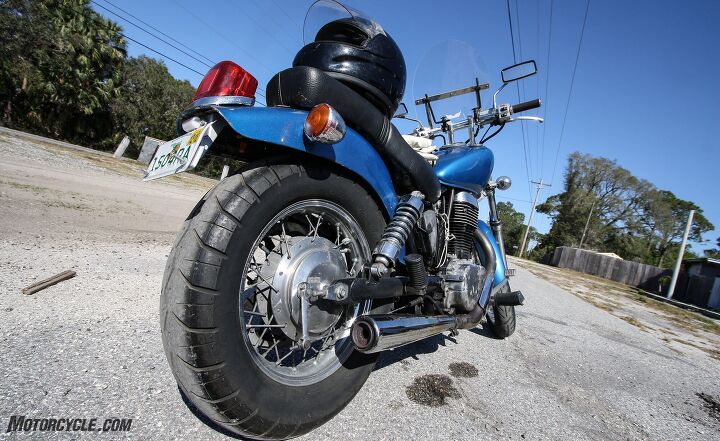
 My favorite Monkee episode (because of the motorcycles) opens with Micky Dolenz singing Going Down. Micky was the drummer and the best singer in the band and he nails Going Down’s proto-rap feel. From there, the show falls apart beautifully with motorcycles, a chalkboard Hog reference, dust and pretty girls beating up The Monkees.
My favorite Monkee episode (because of the motorcycles) opens with Micky Dolenz singing Going Down. Micky was the drummer and the best singer in the band and he nails Going Down’s proto-rap feel. From there, the show falls apart beautifully with motorcycles, a chalkboard Hog reference, dust and pretty girls beating up The Monkees. The monkees form their own biker gang called The Chickens and during a race between the bad guys more cinema magic is revealed. There is a plot to all this but it’s mostly there to keep the boys from walking off the set. At the end of the show peace and love is restored, Triumphs and Harleys get along together and you’re filled with hope for the future.
The monkees form their own biker gang called The Chickens and during a race between the bad guys more cinema magic is revealed. There is a plot to all this but it’s mostly there to keep the boys from walking off the set. At the end of the show peace and love is restored, Triumphs and Harleys get along together and you’re filled with hope for the future. This was situation comedy television unlike any that came before. It was random. It exposed the fakery. Jack Benny’s old TV show was The Monkees spirit guide. After 2 years the Monkees show was cancelled. The Monkees became a real band and had many hits written and preformed by themselves. Which just goes to show you that living a lie sometimes leads to success.
This was situation comedy television unlike any that came before. It was random. It exposed the fakery. Jack Benny’s old TV show was The Monkees spirit guide. After 2 years the Monkees show was cancelled. The Monkees became a real band and had many hits written and preformed by themselves. Which just goes to show you that living a lie sometimes leads to success.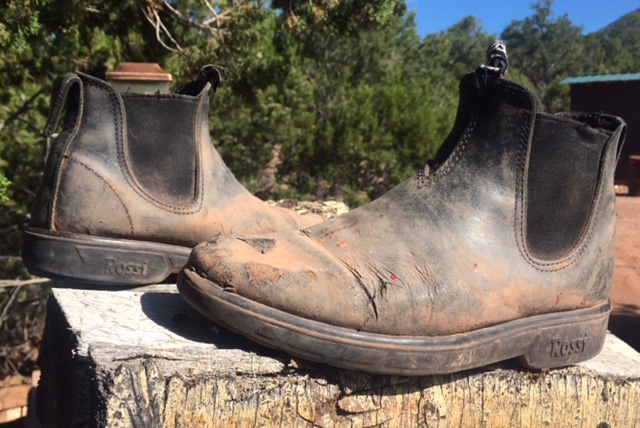 We’re starting a new feature here on ExhaustNotes.us called Tested To Destruction. TTD will be a life-cycle product test from purchase to the dumpster. You’ll not find so complete a product test anywhere else on the Internet, go ahead and look around. Due to the long test periods involved some of the products may be discontinued and no longer available. There’s not a lot we can do about that. One other note: By definition we are testing to destruction so all products will fail in the end. It happens to the best. Nothing lasts forever.
We’re starting a new feature here on ExhaustNotes.us called Tested To Destruction. TTD will be a life-cycle product test from purchase to the dumpster. You’ll not find so complete a product test anywhere else on the Internet, go ahead and look around. Due to the long test periods involved some of the products may be discontinued and no longer available. There’s not a lot we can do about that. One other note: By definition we are testing to destruction so all products will fail in the end. It happens to the best. Nothing lasts forever.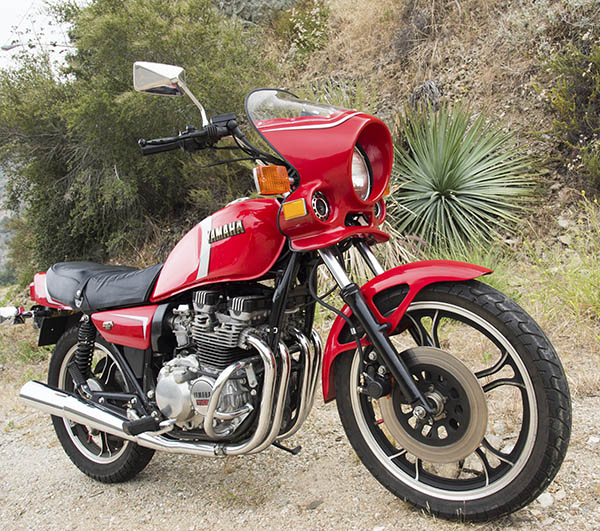
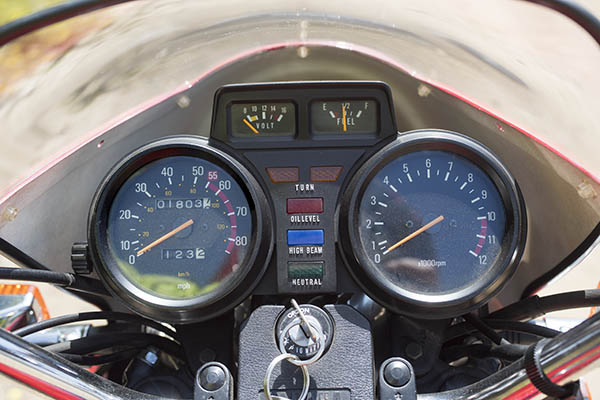
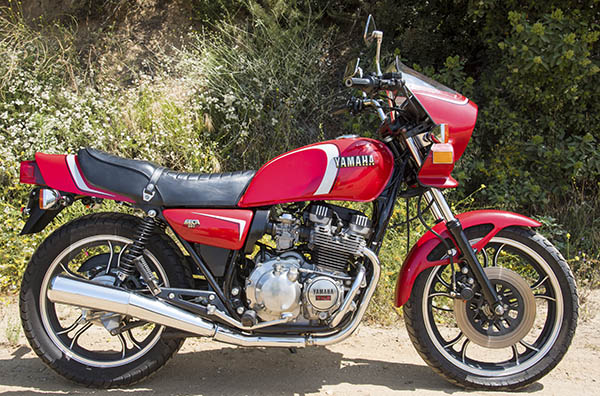
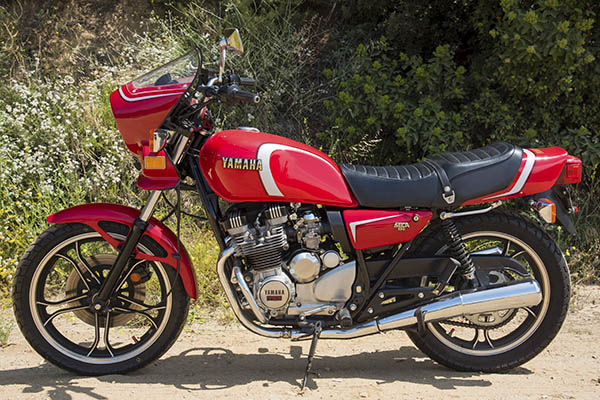
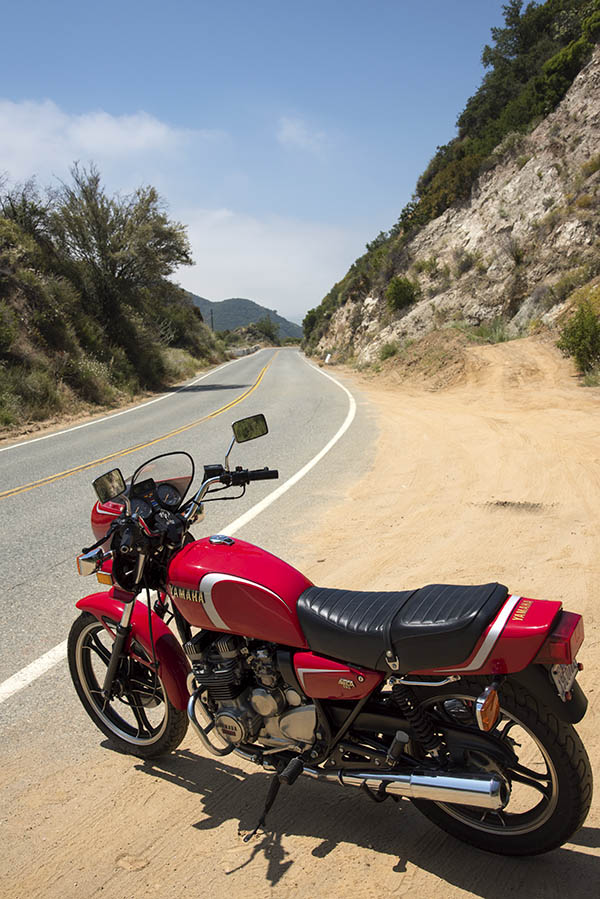
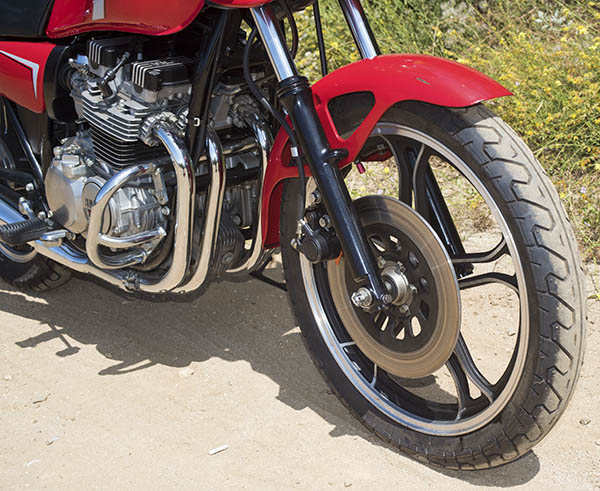
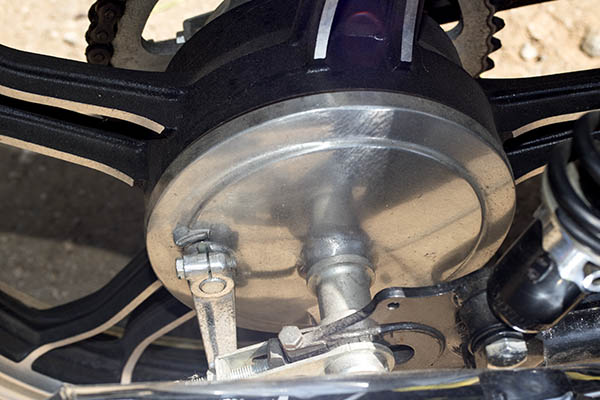
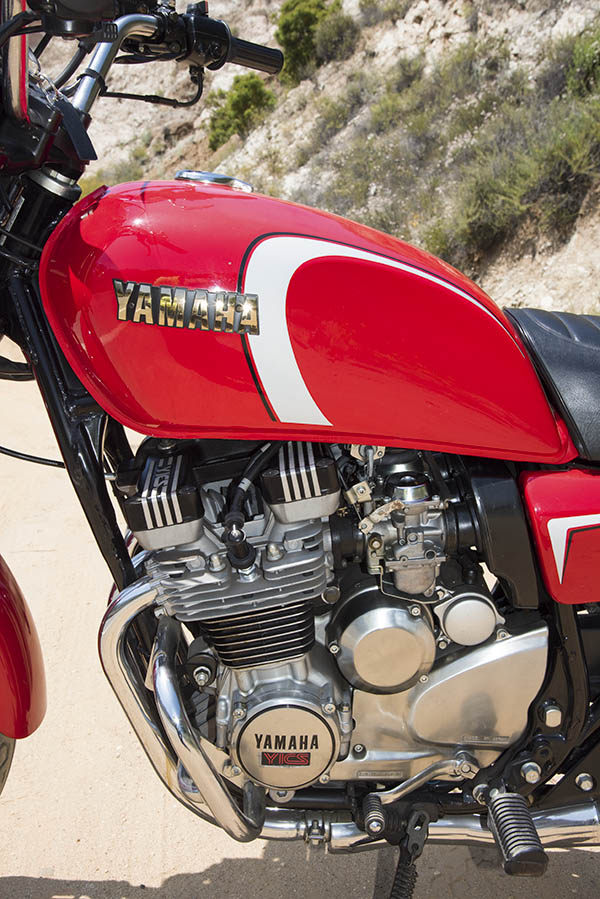
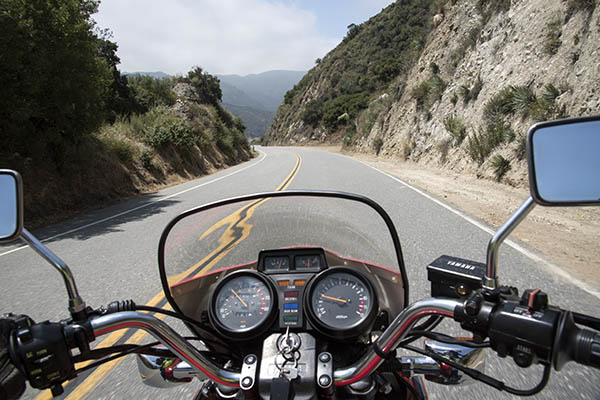
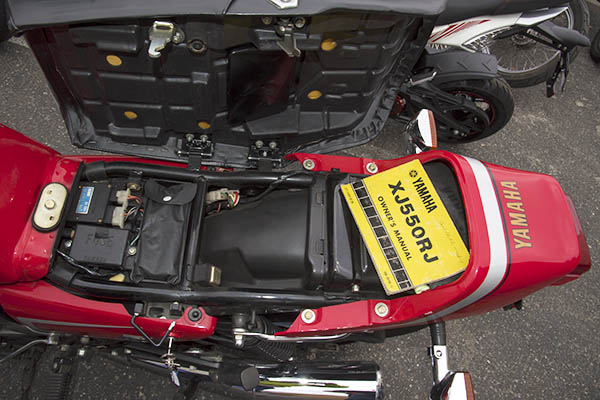
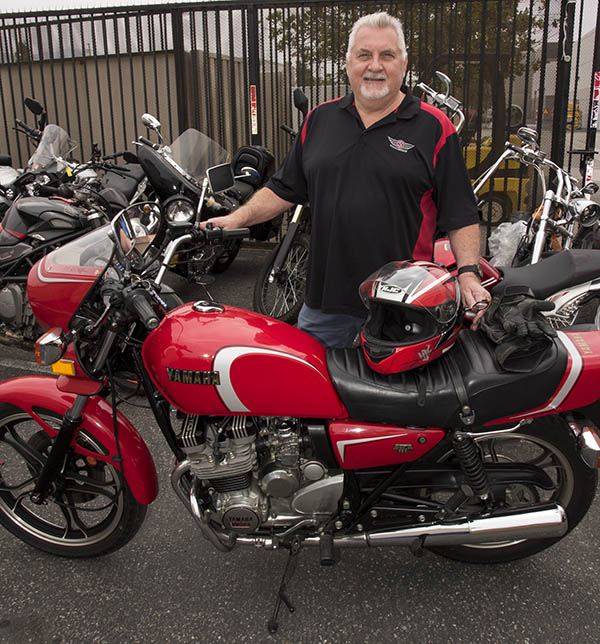
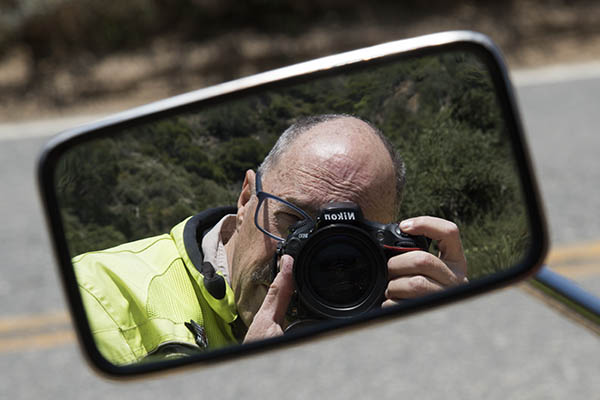
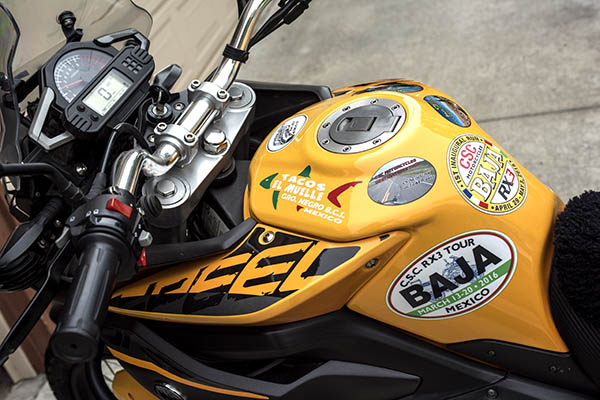
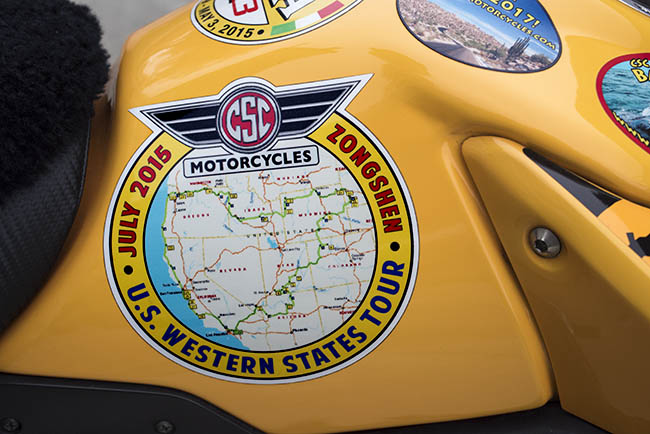
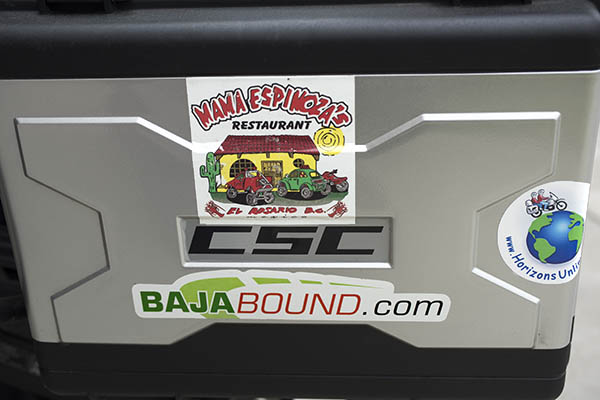
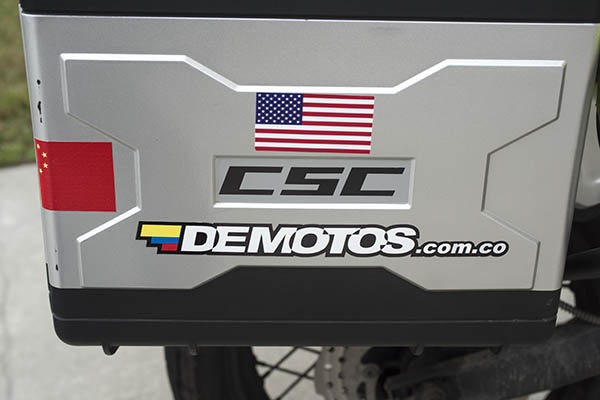
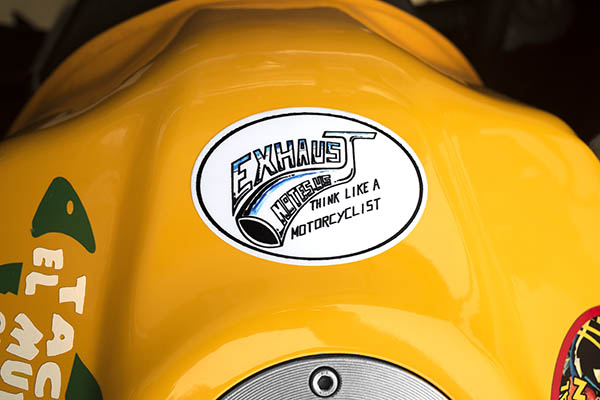
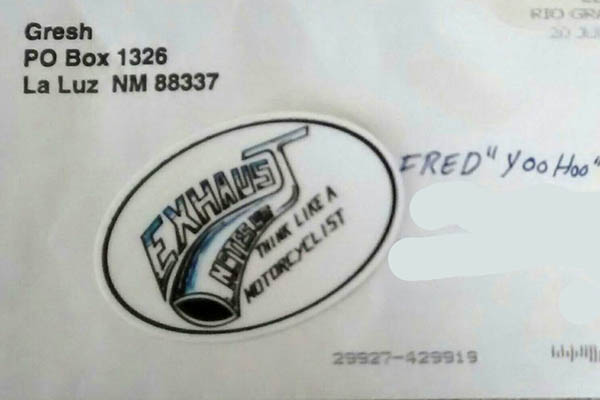
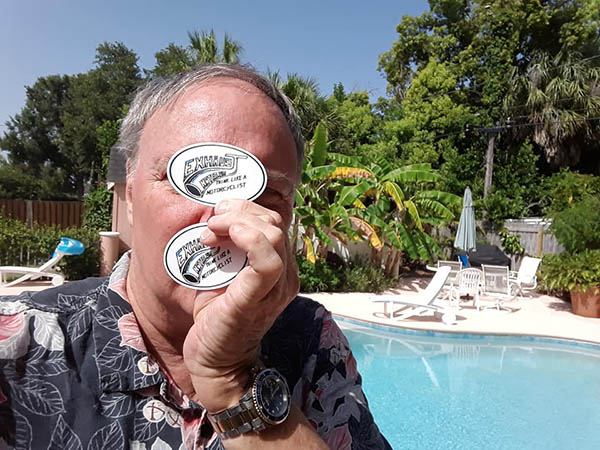 None other than our good buddy Robert has an ExNotes decal on his Sporty…
None other than our good buddy Robert has an ExNotes decal on his Sporty…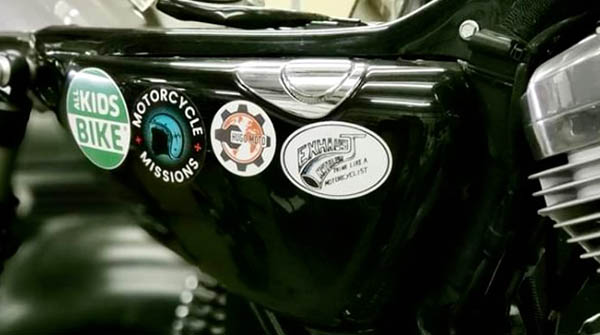 And good buddy Carlos never leaves home without his overhead publicity…
And good buddy Carlos never leaves home without his overhead publicity…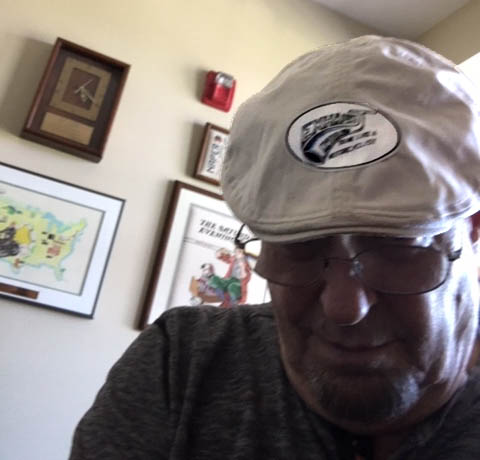 Hey, be one of the cool kids! Get your very own ExNotes decals!
Hey, be one of the cool kids! Get your very own ExNotes decals!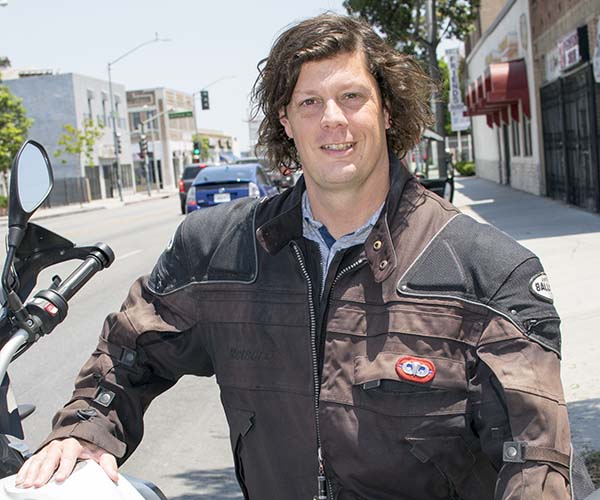
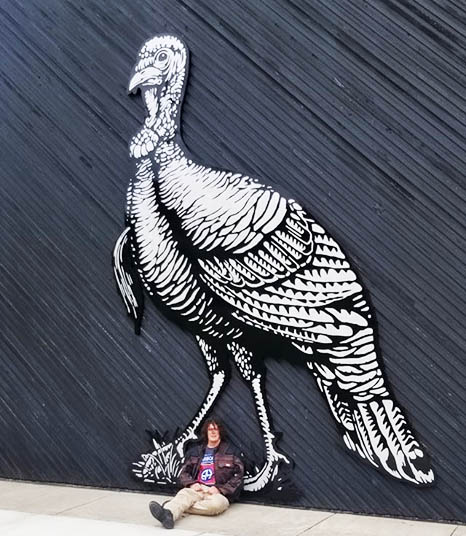
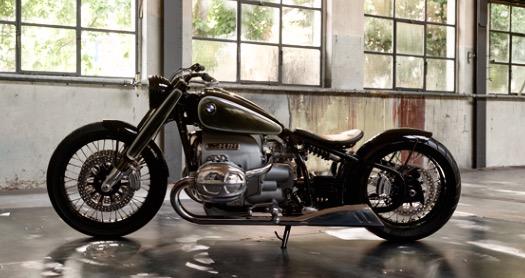
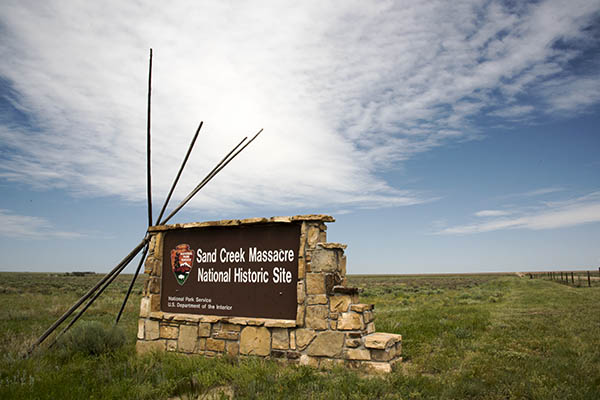
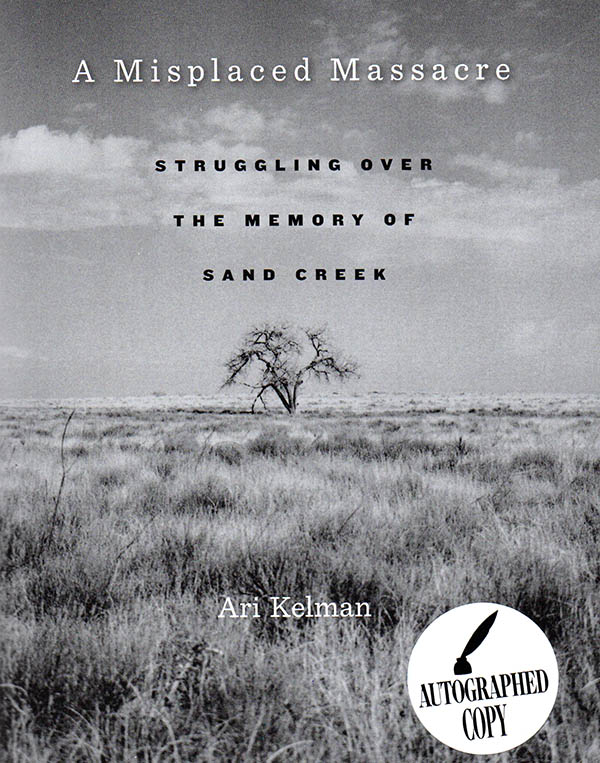
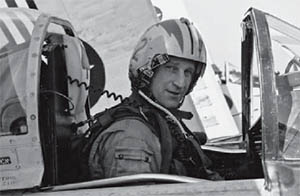
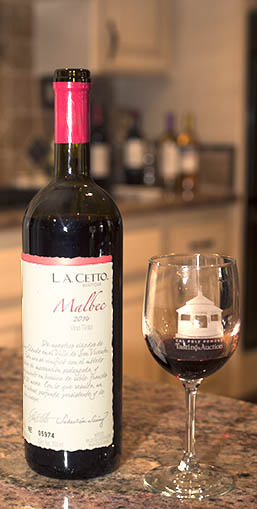
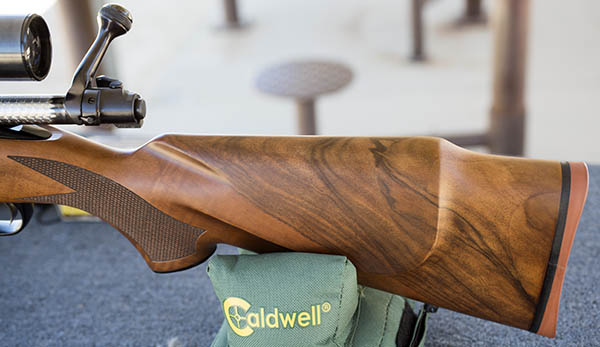
 Concept bikes are a great way to get the reaction of the riding public without spending a bunch of money on a bike nobody likes. It’s smart to ask your customers first. Personally, I love the thing. It has a vibe that goes all the way back to the beginning of BMW. Back when they were still trying to kill us all.
Concept bikes are a great way to get the reaction of the riding public without spending a bunch of money on a bike nobody likes. It’s smart to ask your customers first. Personally, I love the thing. It has a vibe that goes all the way back to the beginning of BMW. Back when they were still trying to kill us all. The seat on the R18 is a concession to the Brat trend that is slowly but surely vandalizing Honda’s entire production output from the 1970’s. I would prefer a dual seat more like the old R69 came with. It seems a waste for such a long bike to neglect the pillion accommodations. The long reach to the bars is another styling cue that will probably make it into production. Motorcyclists have proven time and time again that they will put up with any silly riding position as long as it makes them cool.
The seat on the R18 is a concession to the Brat trend that is slowly but surely vandalizing Honda’s entire production output from the 1970’s. I would prefer a dual seat more like the old R69 came with. It seems a waste for such a long bike to neglect the pillion accommodations. The long reach to the bars is another styling cue that will probably make it into production. Motorcyclists have proven time and time again that they will put up with any silly riding position as long as it makes them cool. The front end has about 1-inch of travel, generous for the cruiser segment. I hope BMW replicates that crazy-huge, aerodynamic skeleton key when they design the keyless proximity fob for this bike. Come to think of it all those keyless entry thingies are too big to fit in the skintight leather rockabilly pants you’ll be wearing on the R18. Maybe a plain old key would be better. The headlight nacelle looks great if a bit Royal Enfield Bullet-ish. Hey, that’s ok.
The front end has about 1-inch of travel, generous for the cruiser segment. I hope BMW replicates that crazy-huge, aerodynamic skeleton key when they design the keyless proximity fob for this bike. Come to think of it all those keyless entry thingies are too big to fit in the skintight leather rockabilly pants you’ll be wearing on the R18. Maybe a plain old key would be better. The headlight nacelle looks great if a bit Royal Enfield Bullet-ish. Hey, that’s ok. My biggest concern about the R18 is not the bike itself but the manufacturer. BMW puts entirely too many electronic doodads on their modern bikes. The excessive reliance on E-trickery to protect the rider from himself has created heavy motorcycles. BMW used to pride itself on lightweight motorcycles. It was in their advertisements! The damn things may be safer as long as they don’t land on you but reliability has suffered with the additional complexity.
My biggest concern about the R18 is not the bike itself but the manufacturer. BMW puts entirely too many electronic doodads on their modern bikes. The excessive reliance on E-trickery to protect the rider from himself has created heavy motorcycles. BMW used to pride itself on lightweight motorcycles. It was in their advertisements! The damn things may be safer as long as they don’t land on you but reliability has suffered with the additional complexity.